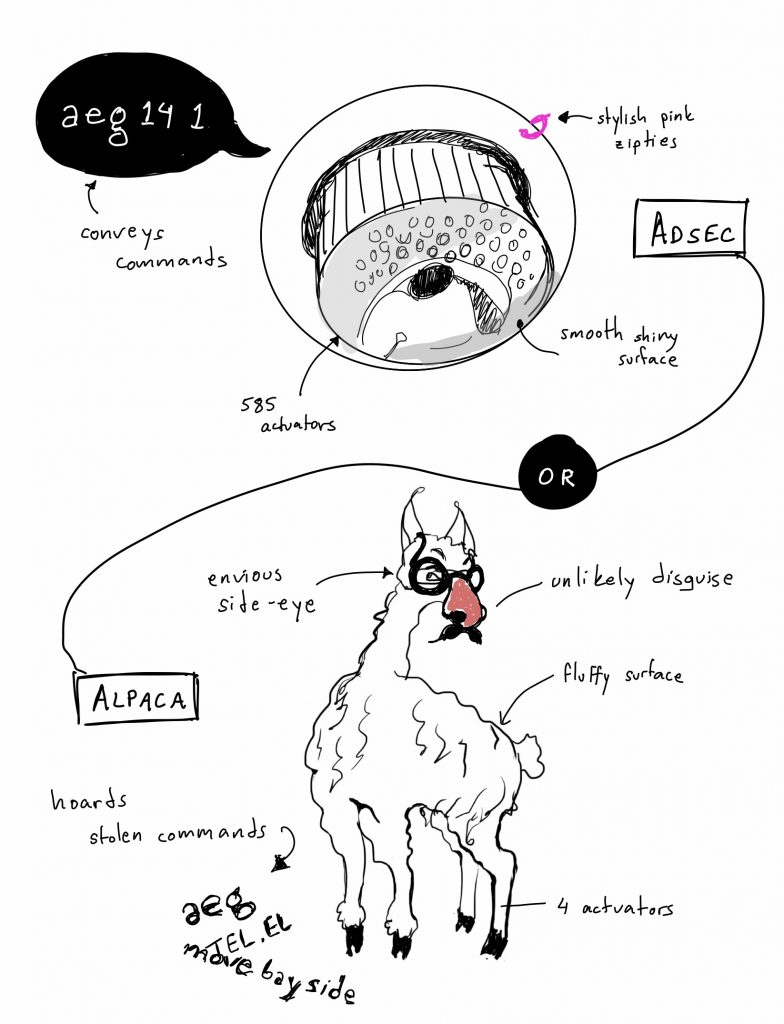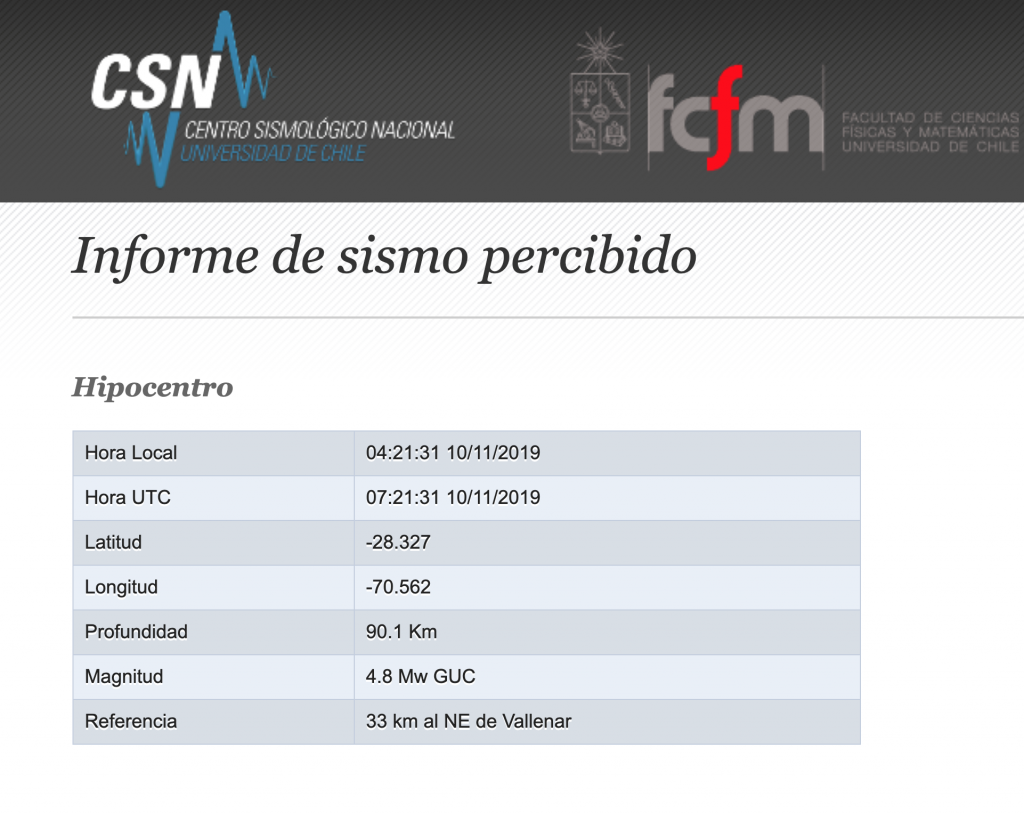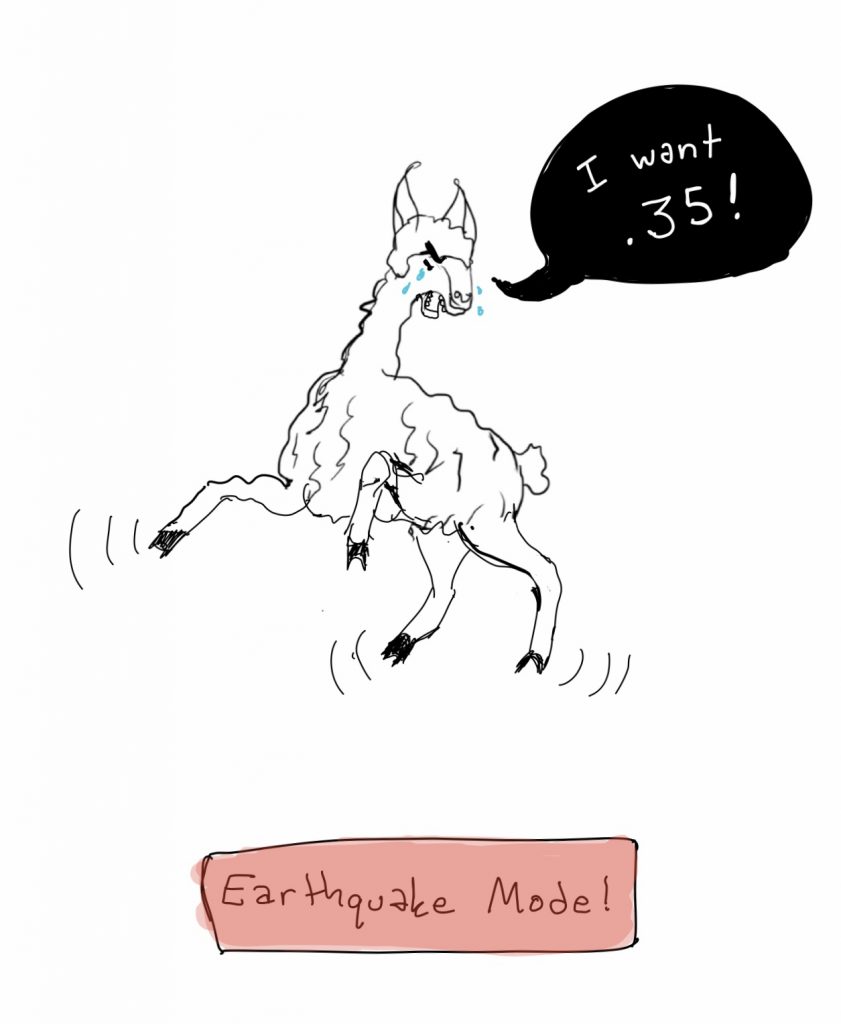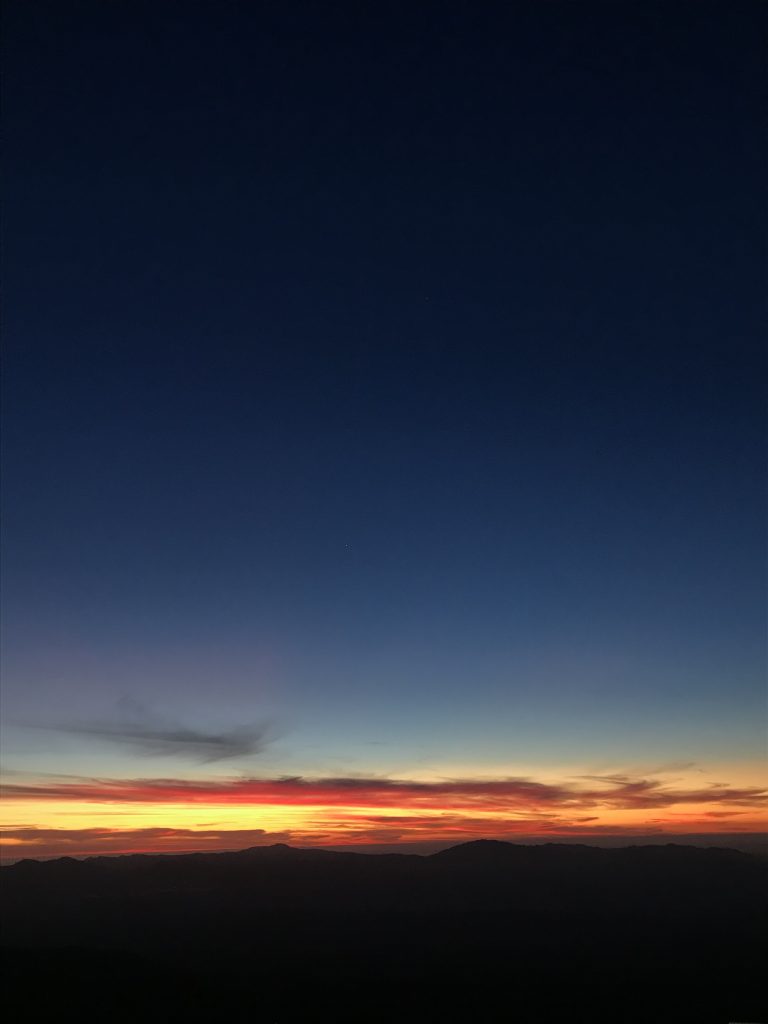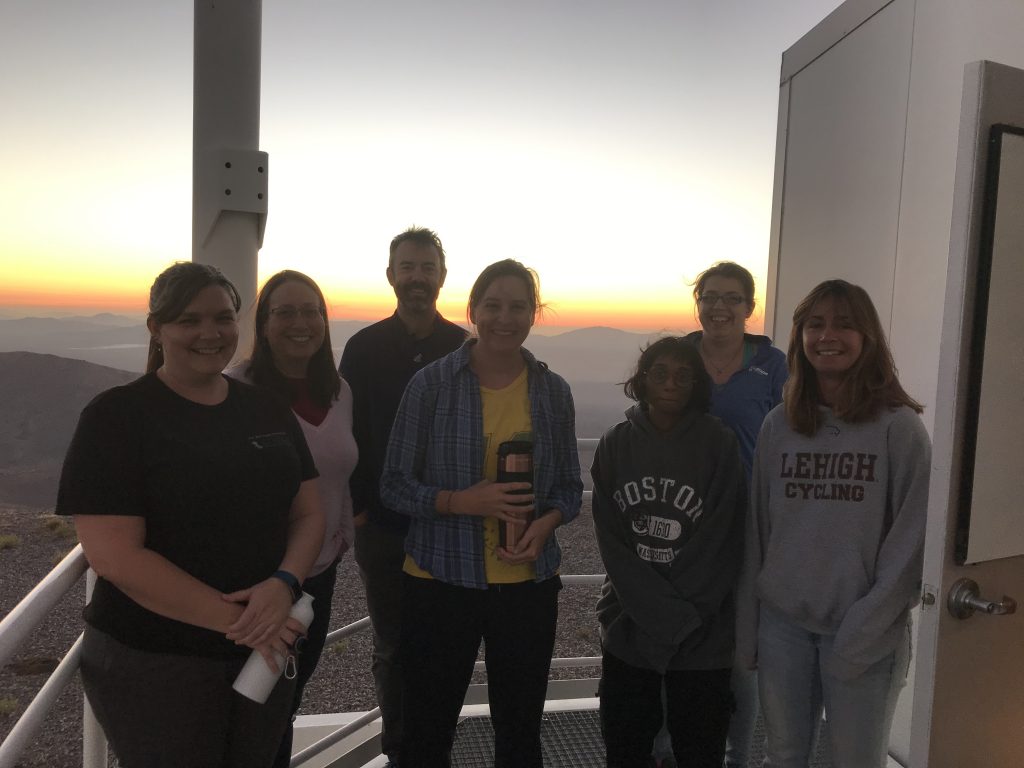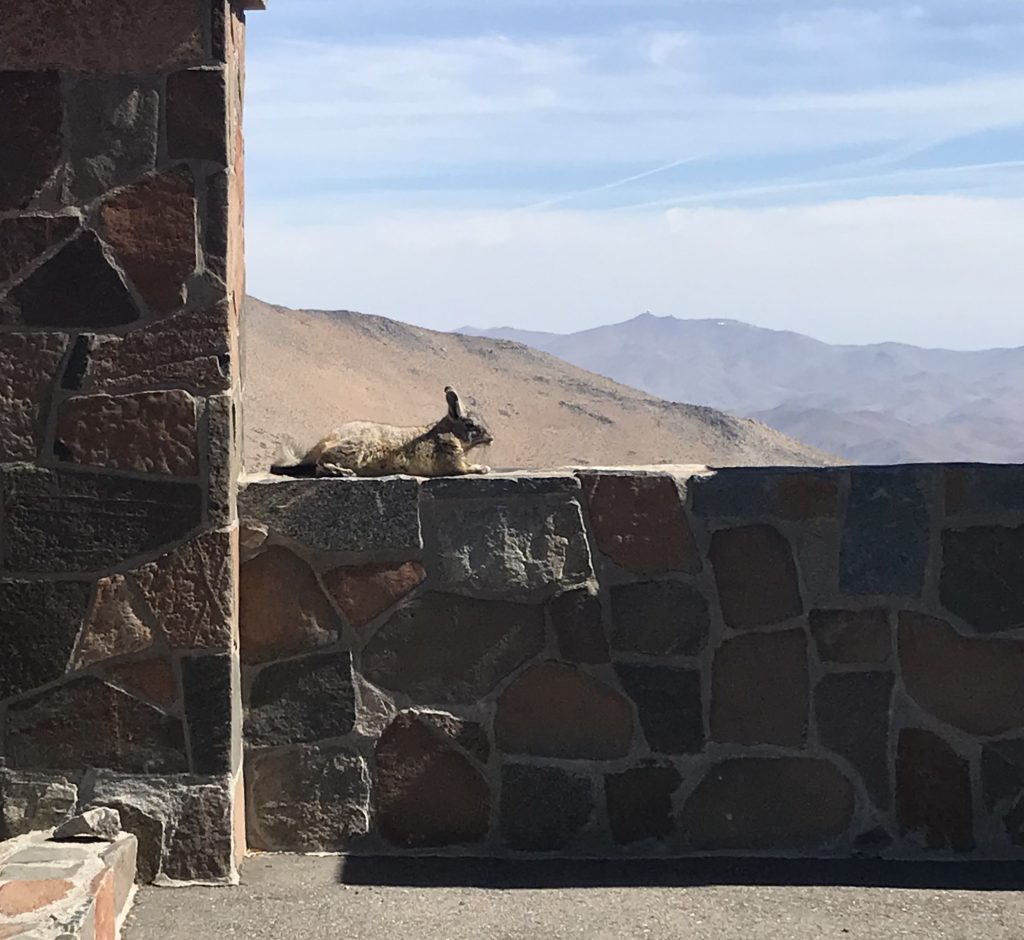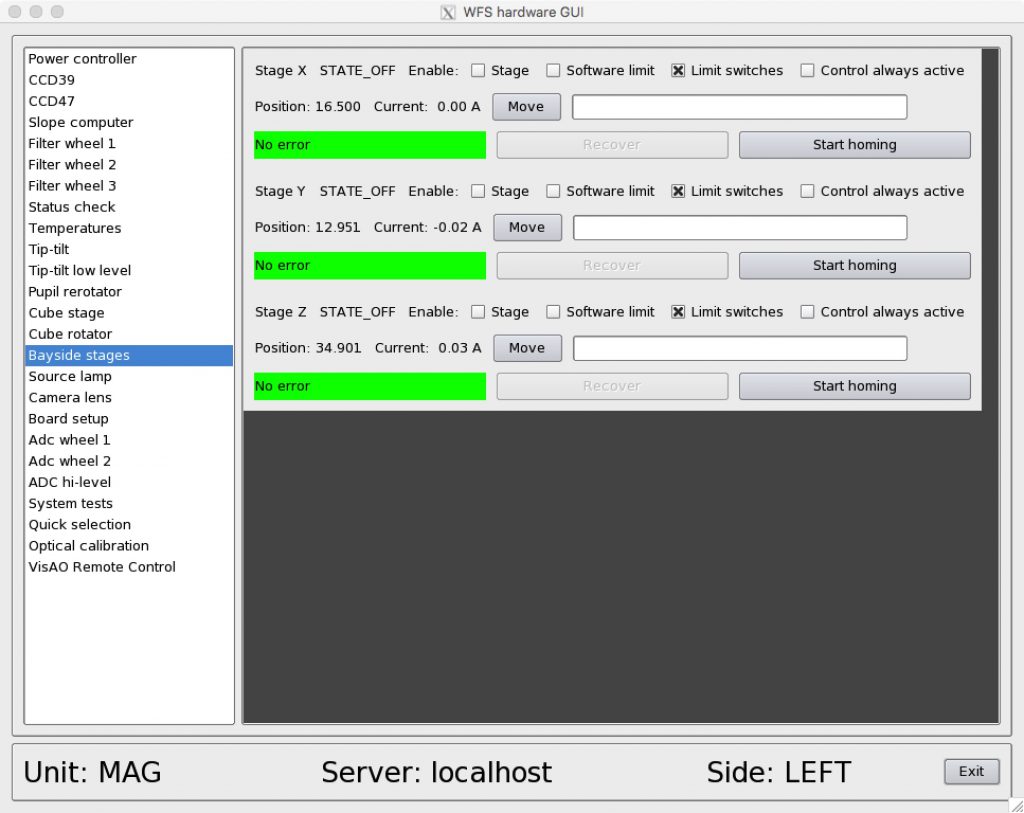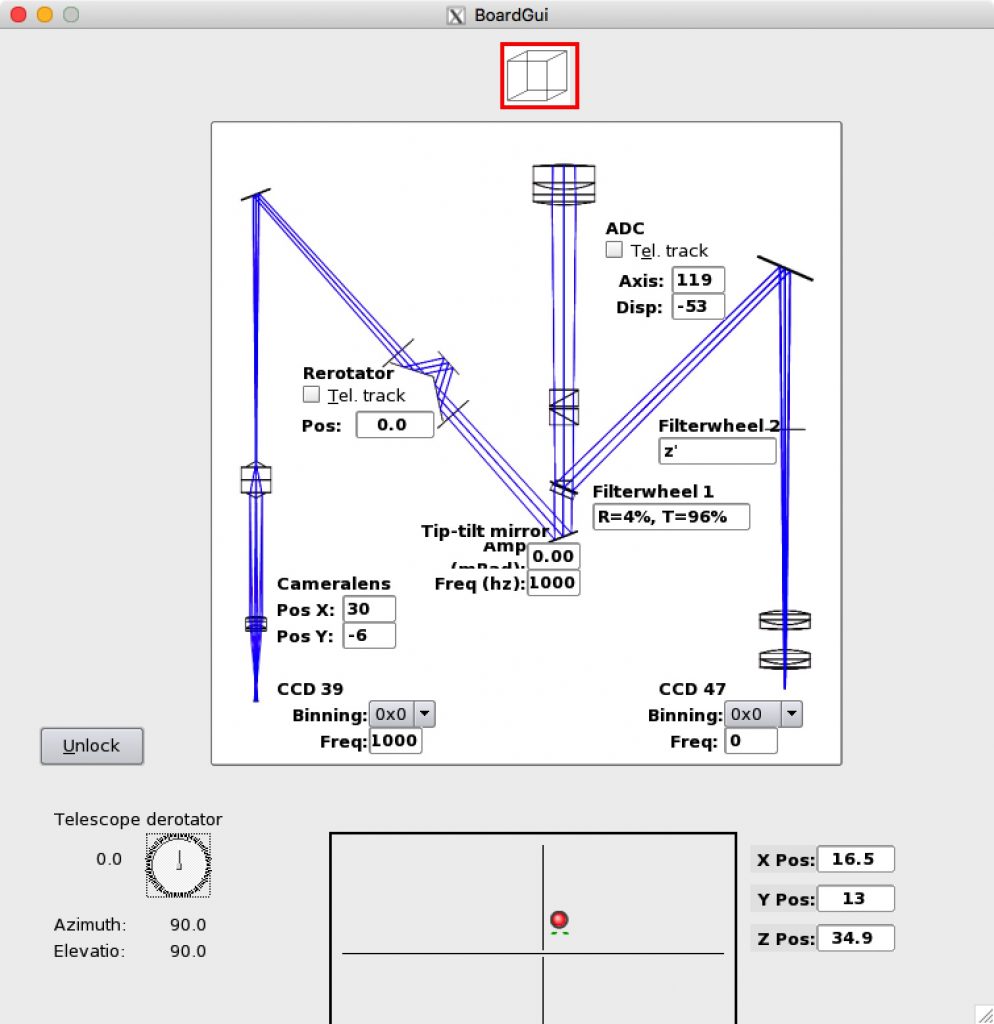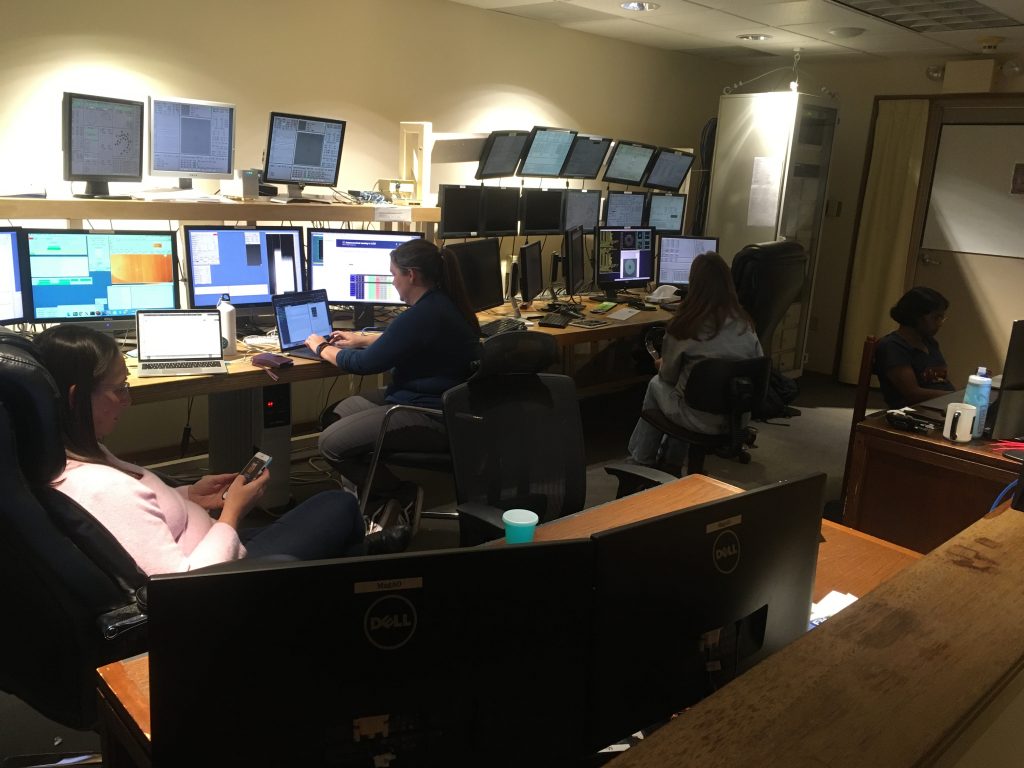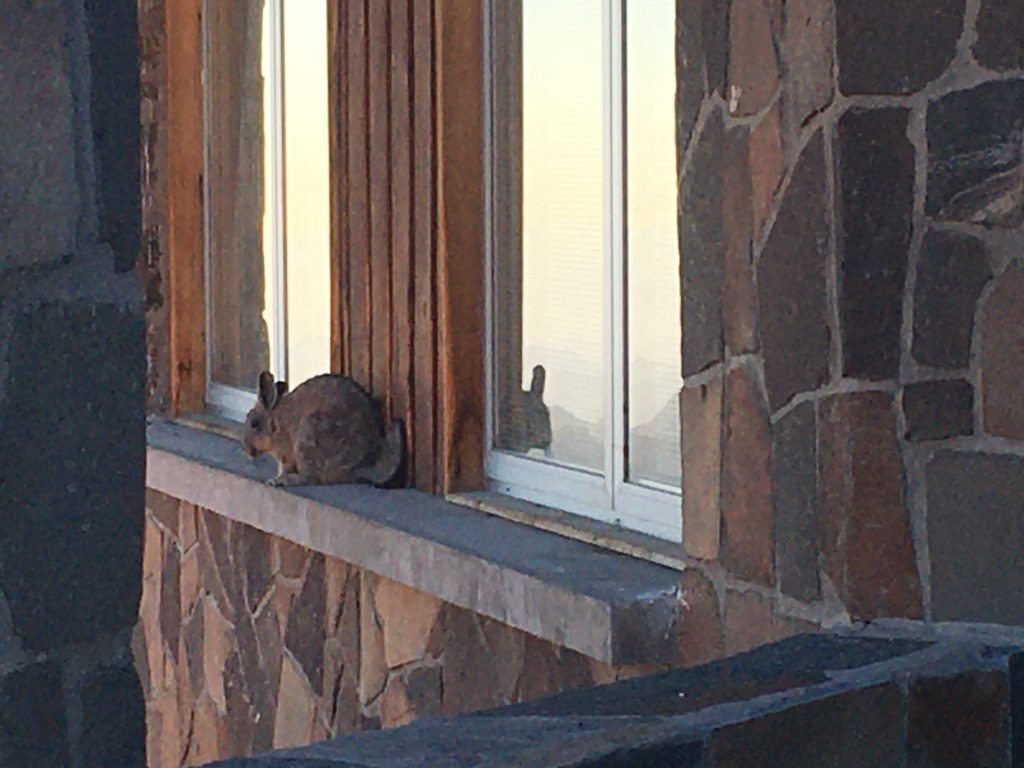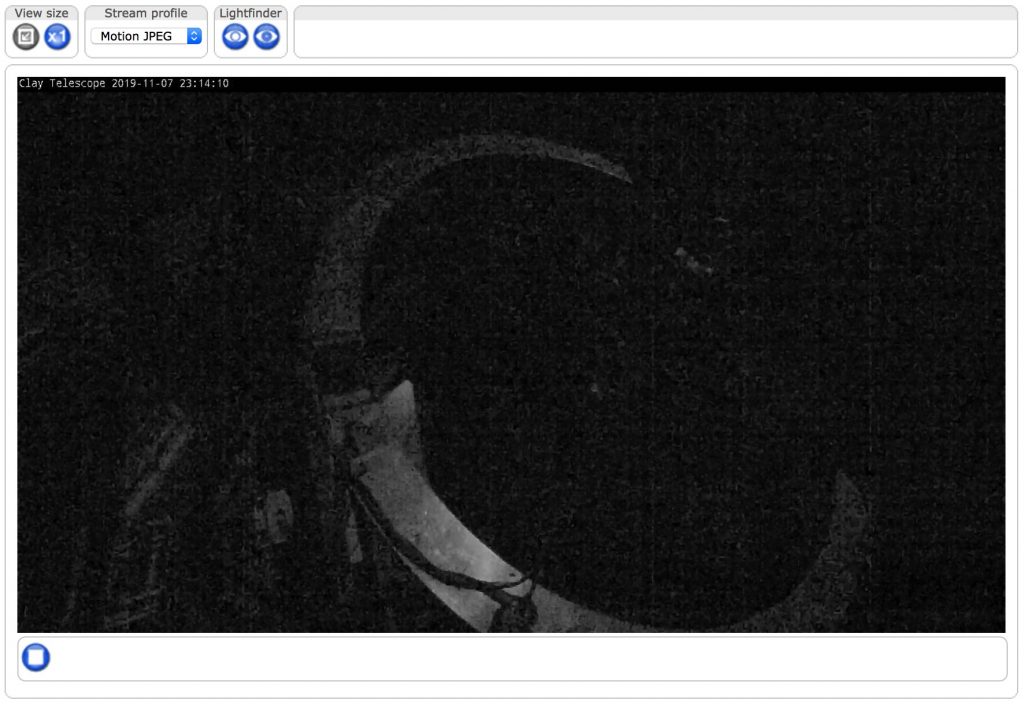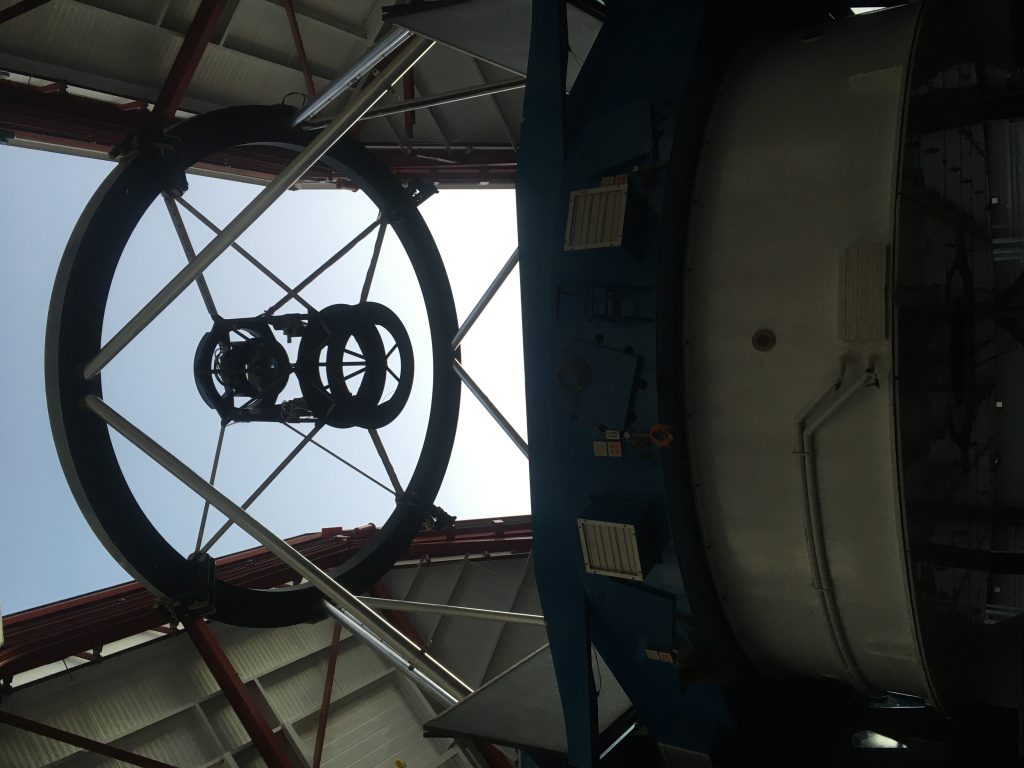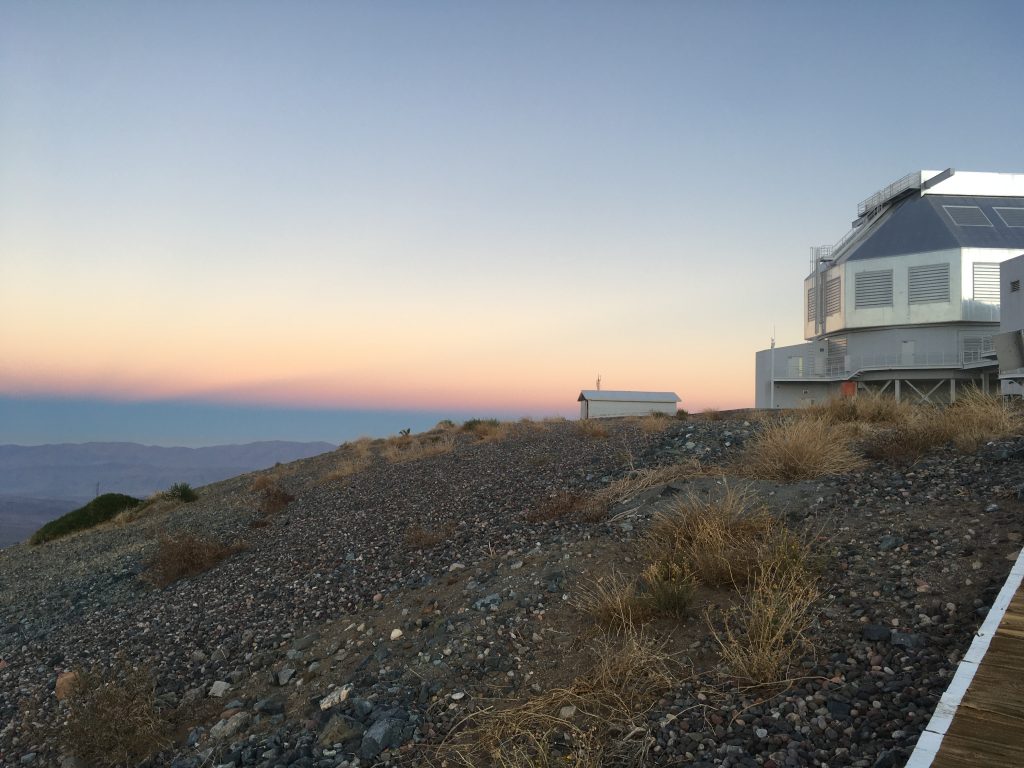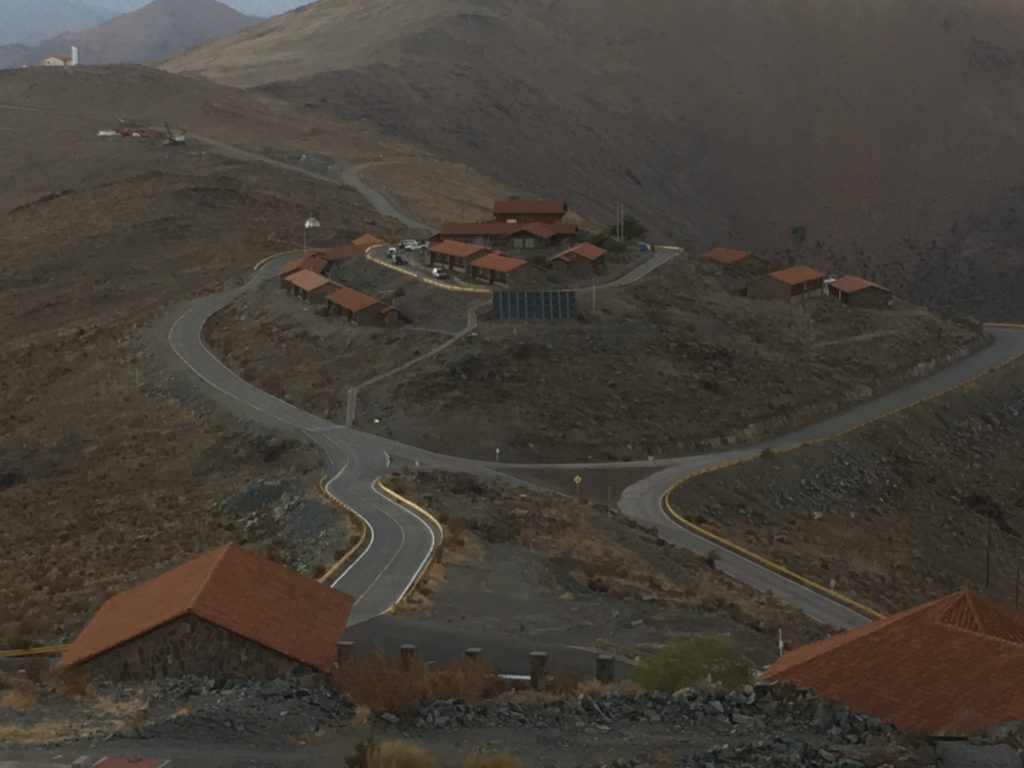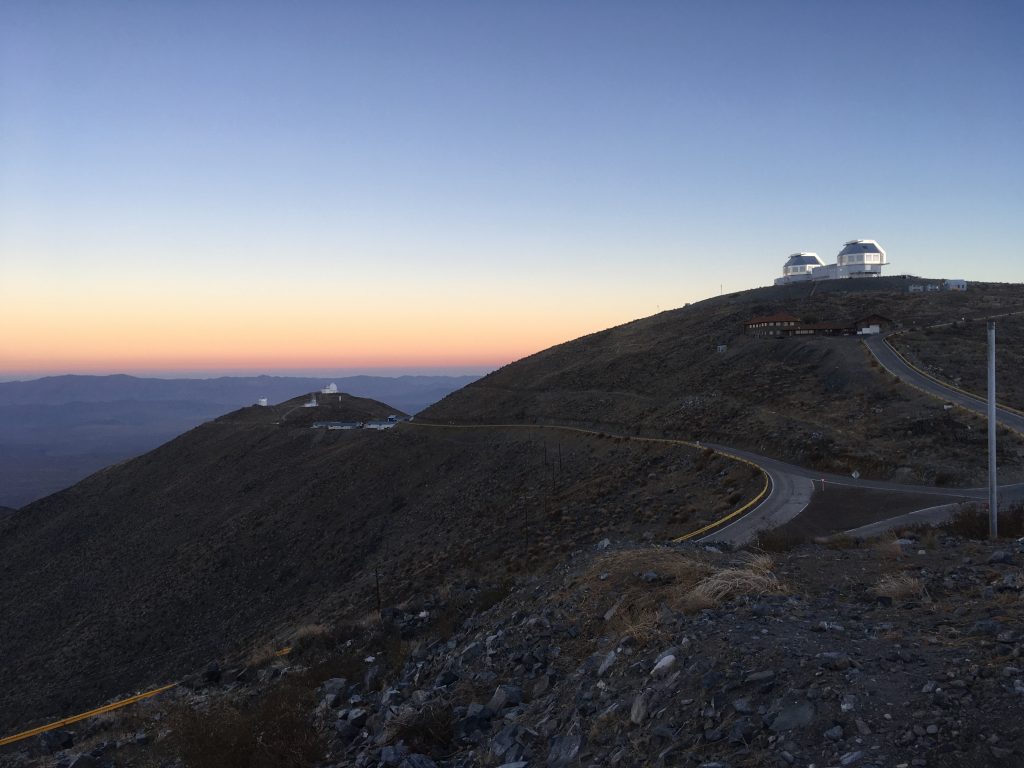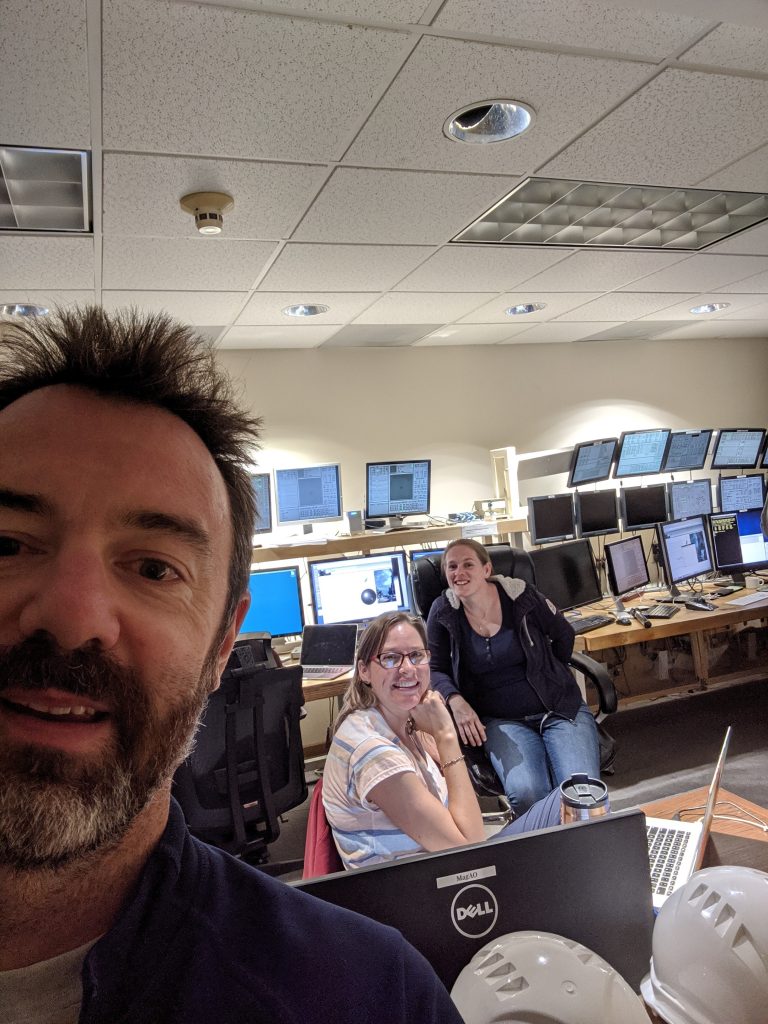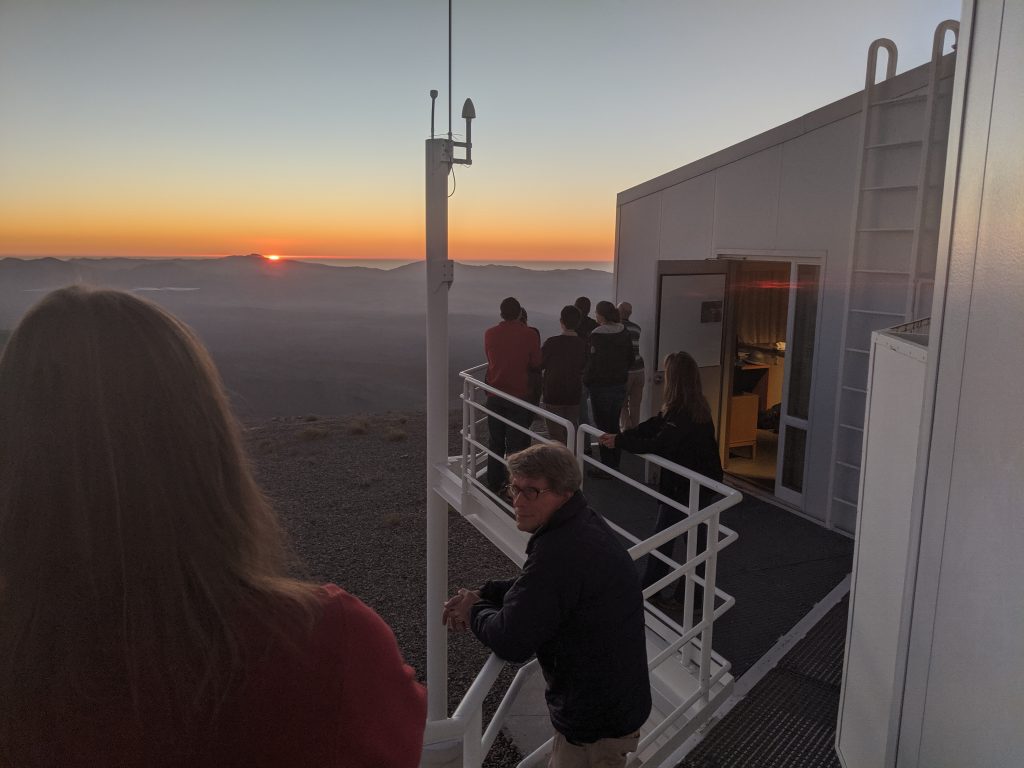Tonight was finally the promised night of relaxed AO operation after multiple nights of troubleshooting. It is much more to an AO operators delight to only need to open and close the loop for new targets with the occasional MatLab pop up forcing a reset on the tip tilt. Alberto, our telescope operator, was able to tell us his operational comedies of the past and share pictures of his lovely family. Later today is the Mercury transit! Tonight is also my first blog post so an introduction to the outside world is due.
I’m Emily Mailhot, a new AO operator for not only MagAO-C but also LBTI and eventually MMT Maps, both in Arizona. My equally new counterpart, Jared Carlson, and I have been learning the ins and outs of adaptive secondary operations, concepts, and frustrations – and are excited to do so.
This trip to LCO has created numerous “first experiences” for me personally. First time leaving the United States, first time on a B787-8, first time seeing the southern sky, first time experiencing sub-arcsecond seeing (both AO operationally and visually), the list goes on. Considering this, a life at LCO post from brand new eyes seemed appropriate.
Food at LCO
When I was informed that our meals would be served on site I was both relieved and skeptical. At LBTI we are responsible for feeding ourselves through the night, vending machines on the 5th floor of Steward Observatory get a lot of traffic. But would this provided food be delightful or would I need to start preparing for numerous high school band-camp cafeteria flashbacks? I am happy to announce that the food is absolutely superb. From the empanadas to the night lunches to the cookie filled dome kitchens – you have to try very hard to go hungry. Meals are at set times, 730 breakfast, 1230 lunch, and 1830 dinner, but for most of the run breakfast and lunch is sleep for the observers. Instead we fill out night lunch forms which are located in the main kitchen for observers to fill out by 1600 each day. It’s a checklist of various sandwich combinations or your can write “plato de cena” if you’d prefer a plate of that evenings dinner. It is the telescope operators job to collect all the night lunches after dinner and bring them to the telescope.
For those at home wondering what we are eating here’s a selection:

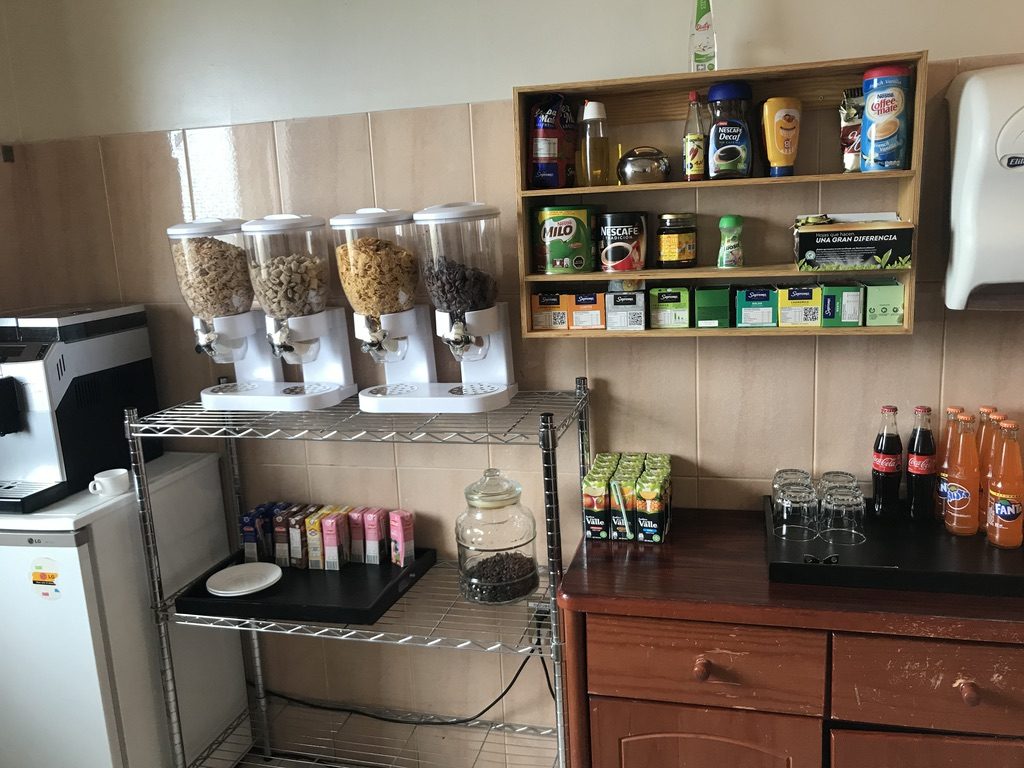
The kitchen below the Clay Telescope
control room.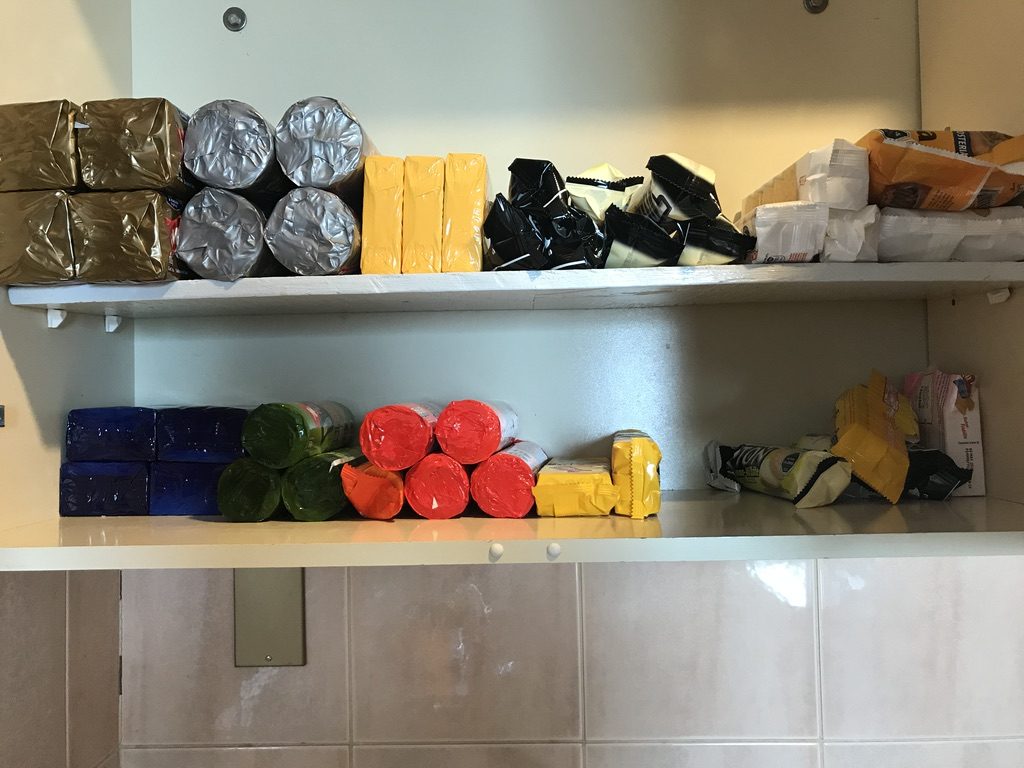
The life sustaining cookie cabinet.
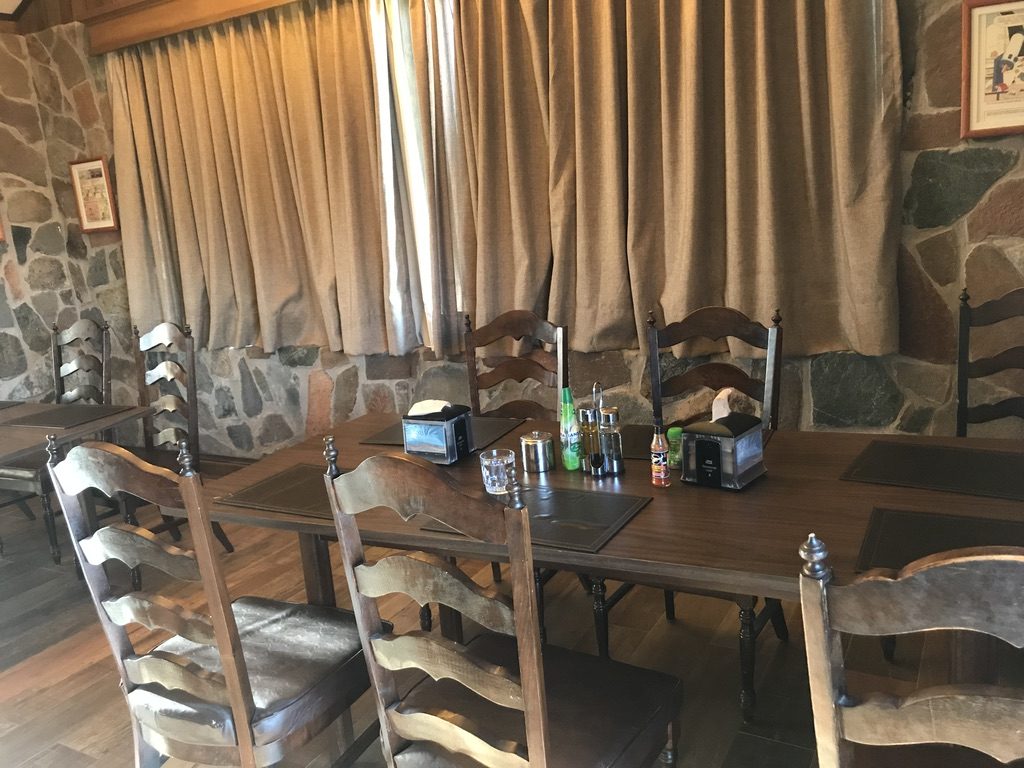
The “claimed” MagAO table. 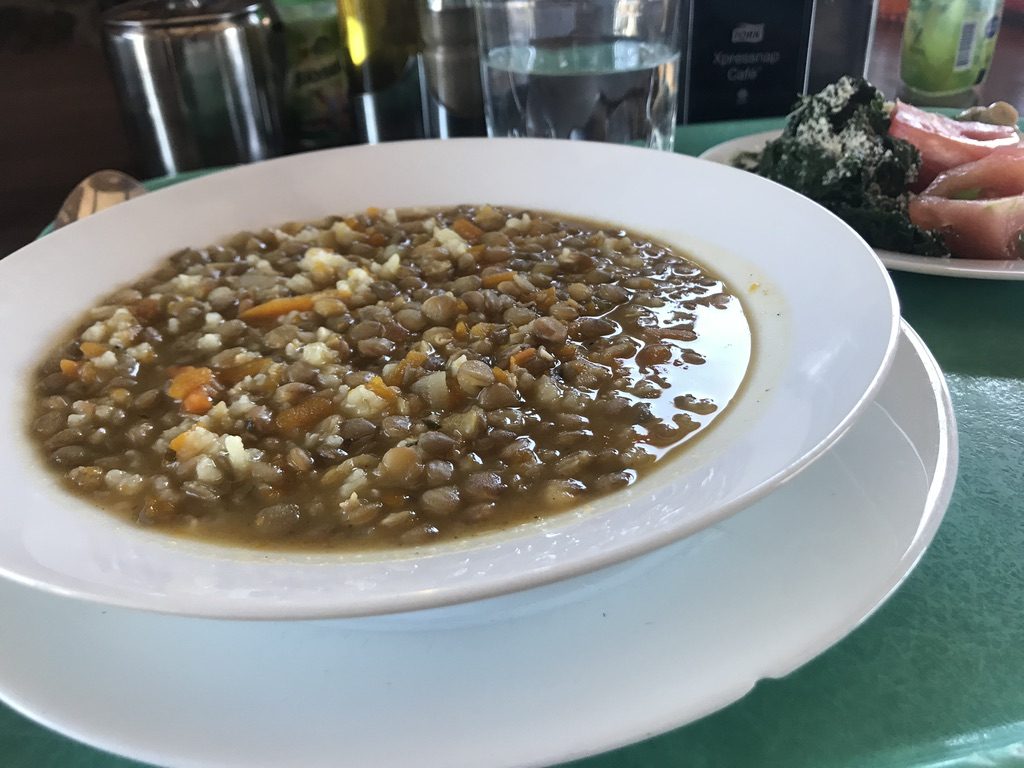
Delicious soup.

Avocado at every breakfast. 
Colorful dinners.
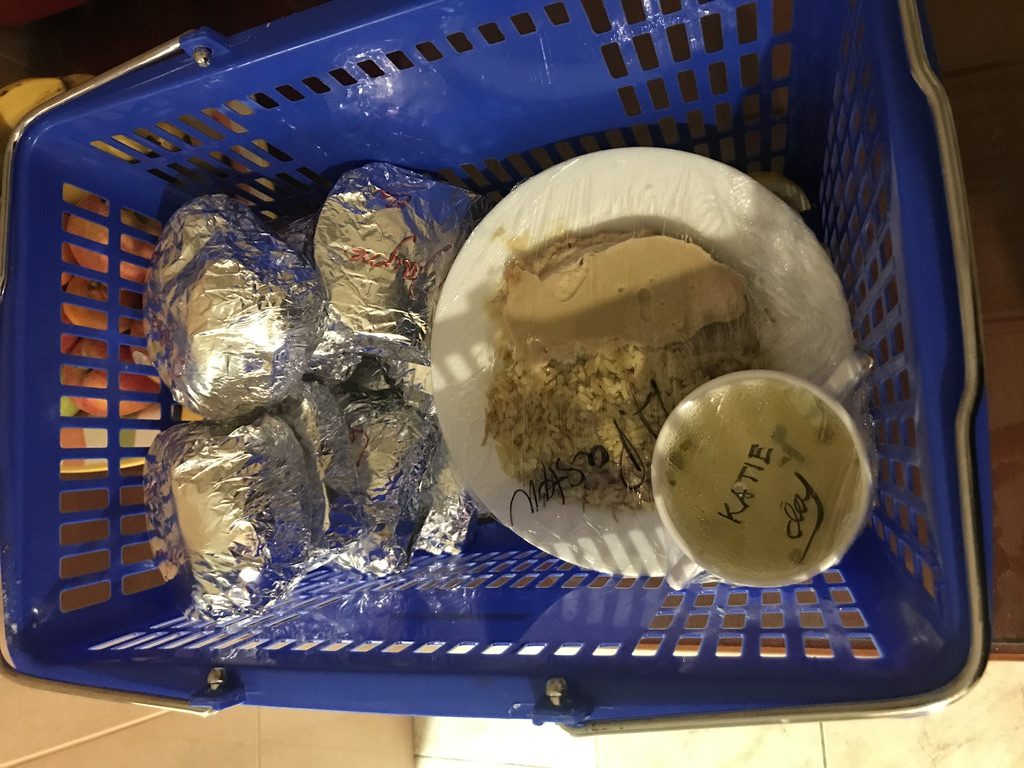
The TO’s night lunch basket. 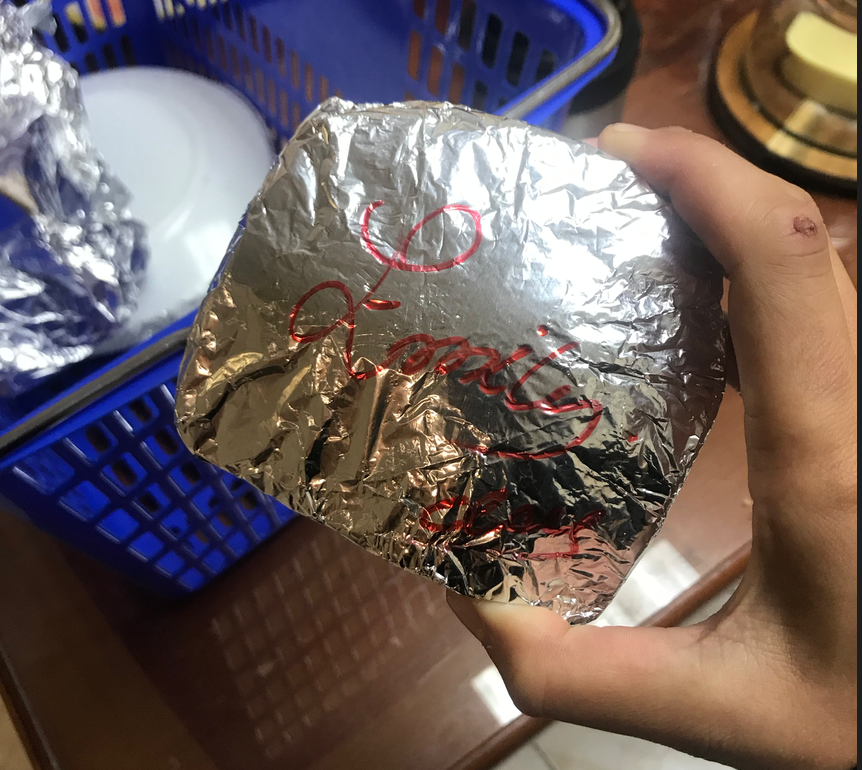
Classy night lunch sandwich.
Clearly more than enough food to go around.
Wildlife at LCO
The wildlife here at the summit is diverse. This blog has many posts about the endearing vizzy’s, but the burros, horses, and guanacos are just as abundant. Today on a run around the grounds I encountered both guanacos and horses running along the ridge below the road. They seemed to be chasing each other in what resembled a wild wild west setting. It was so magnificent to capture that I stopped the video clip too soon and I instead watched in awe.
On another run earlier in the week, towards the du Pont Telescope, I encountered a large herd of burros controlling the road. One was particularly annoyed that I was trying to pass and gave me a stiff snort.
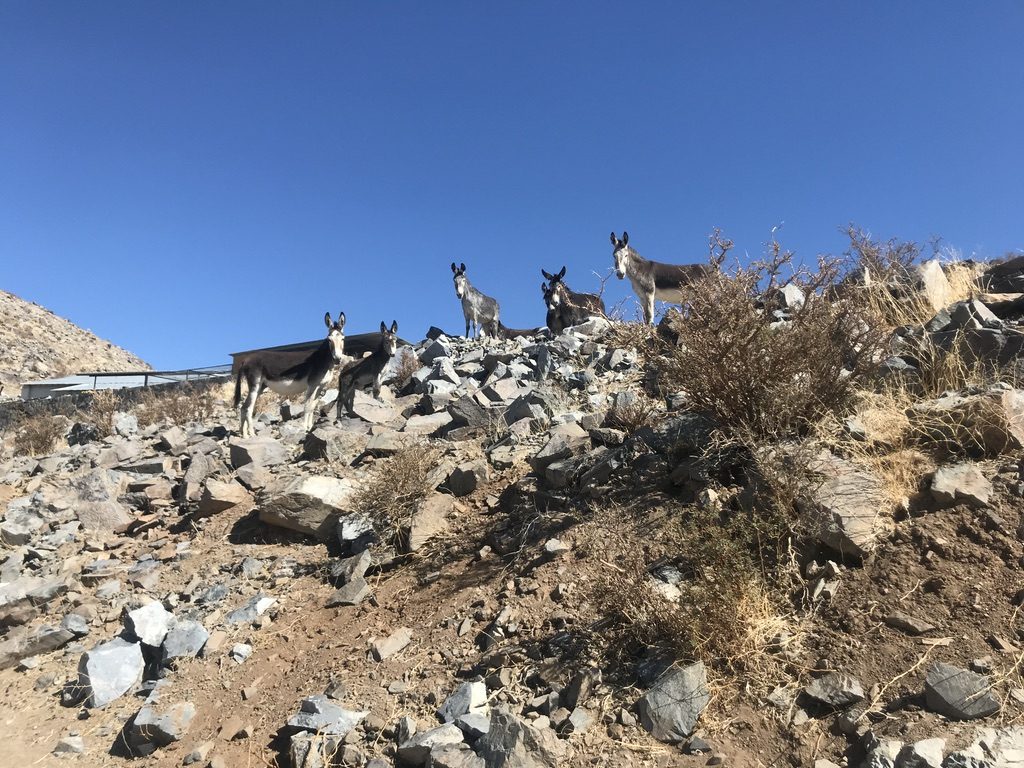
Of course, this wouldn’t be complete without a vizzy. This sunrise viscacha (a Chilean cocktail?!) watched us sleepy observers wander back down the summit, only to be met by this eight legged, fanged creature. He was small but mighty, creeping up toward my hand each time I tried to open my door. Not usually being afraid of spiders, a small fear for them was gained after the long dance it took to be allowed into my home, room 5.
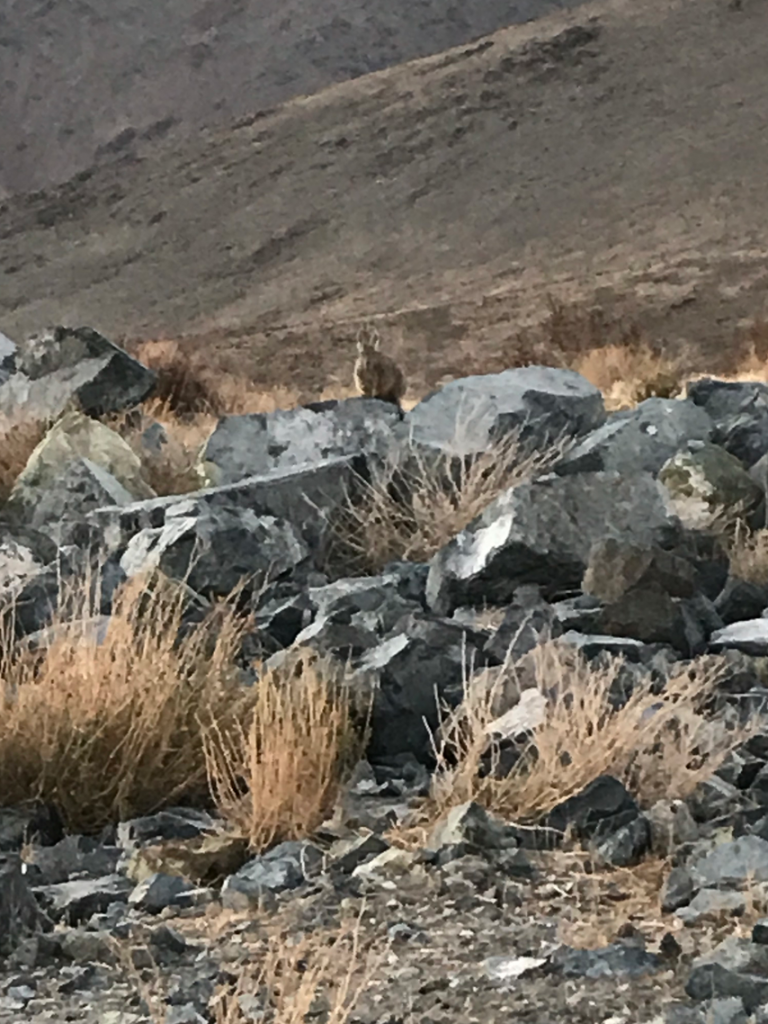
A sunrise vizzy. 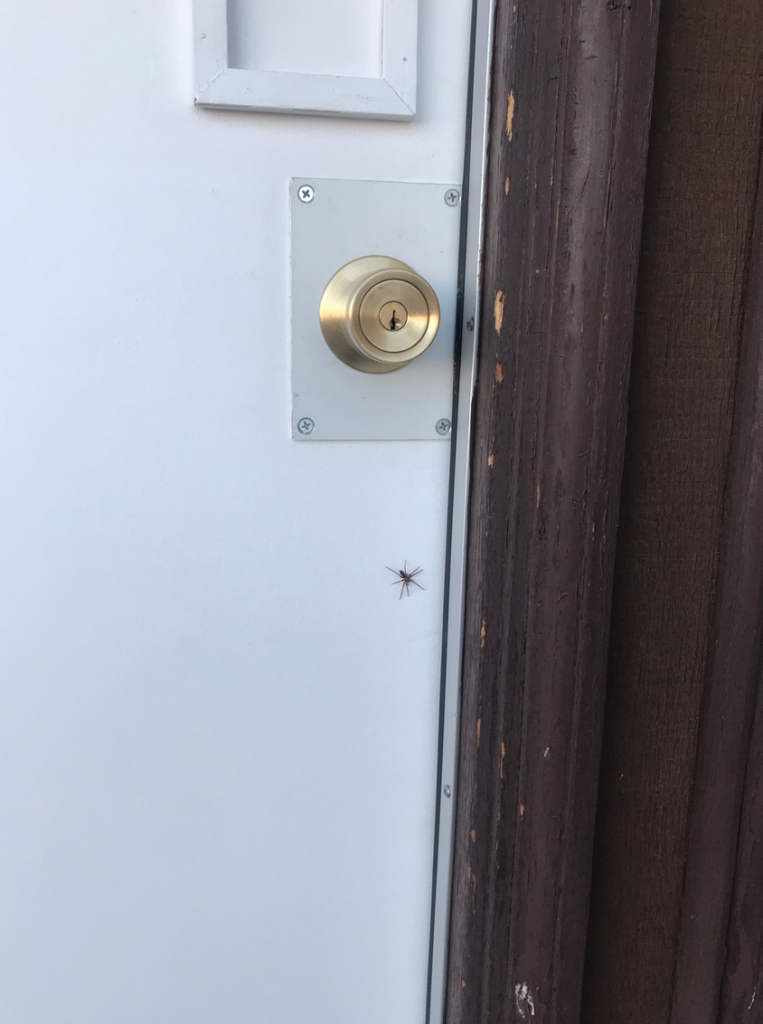
It took a while to get into my room this morning.
The fox on the other hand kept distance and the goats clumsily climbed to the summit with us.
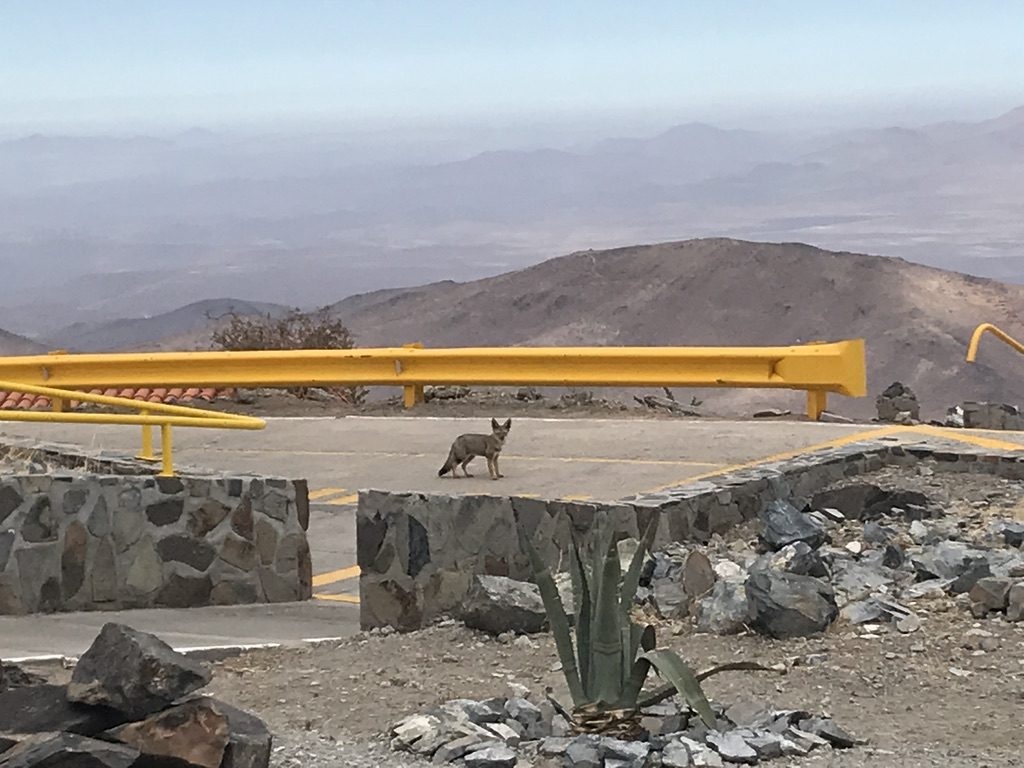
A fox waiting for lunchtime. 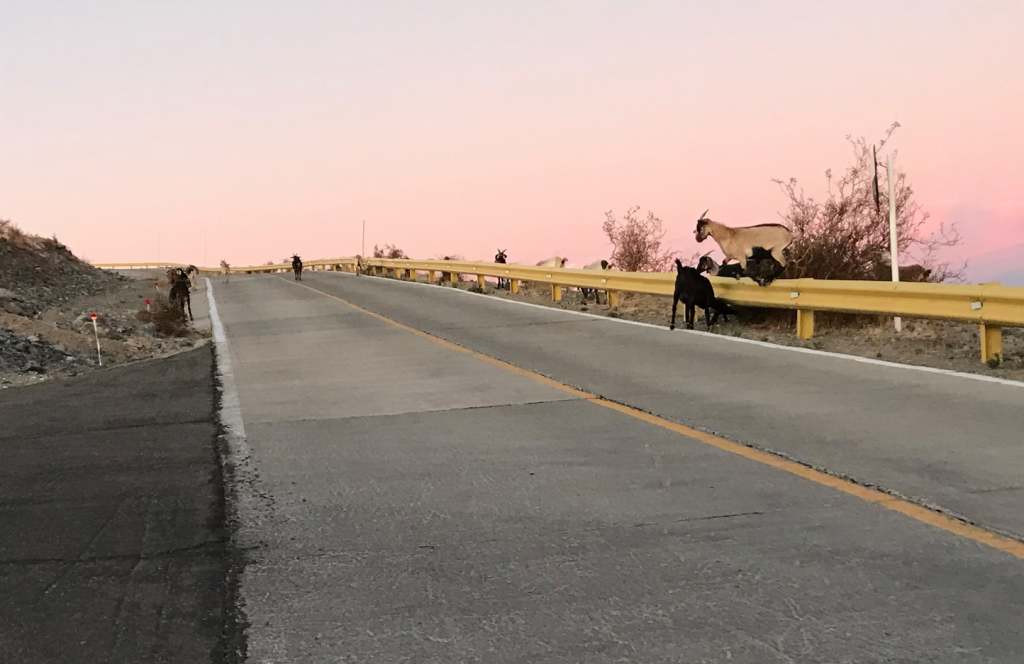
Goats on a guardrail.
The goats followed us all the way to the Clay Telescope dome where inside the control room us tired observers tried to troubleshoot through our engineering night after a long install day.
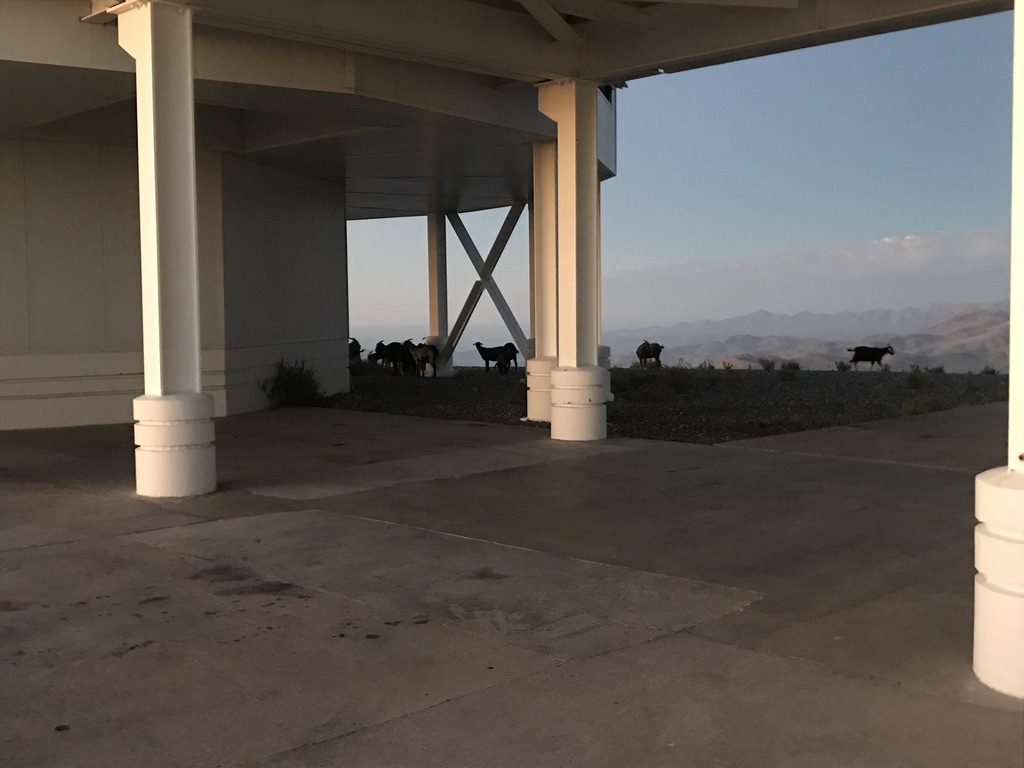
Goats under Clay. 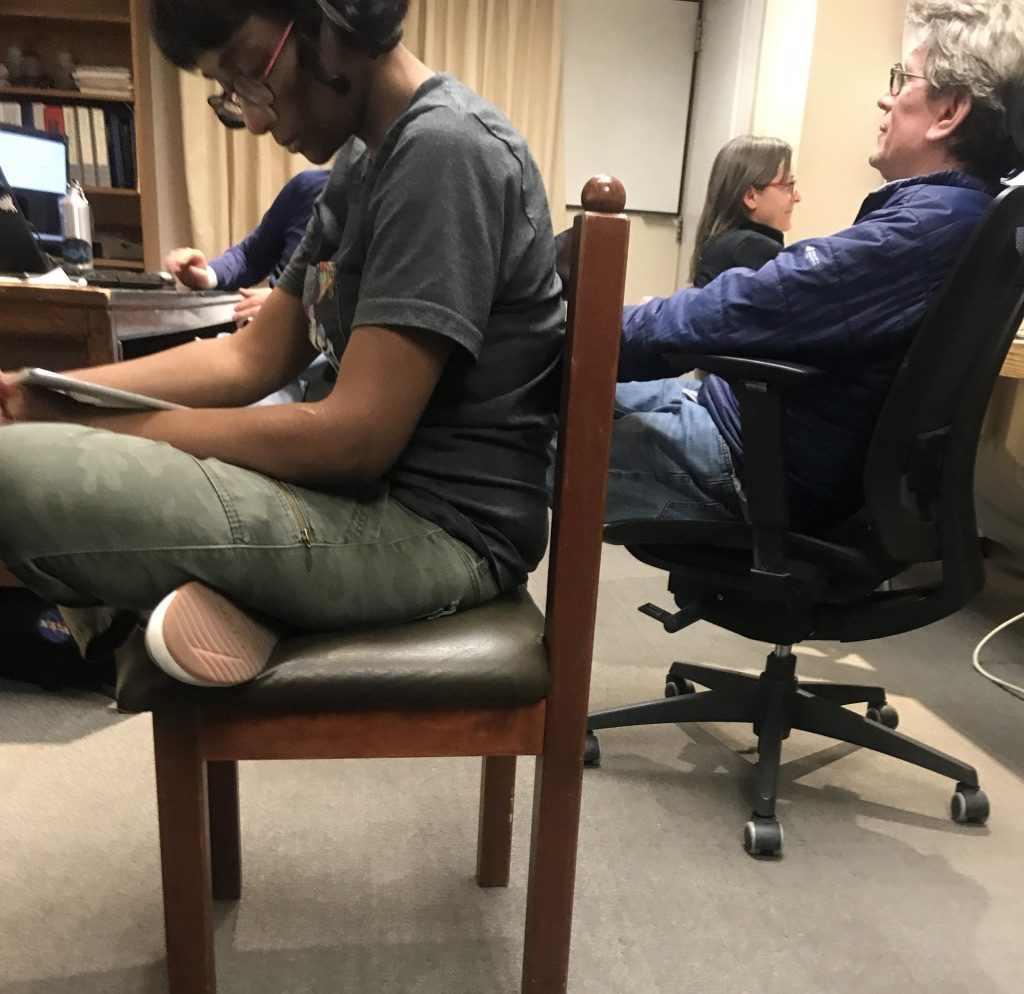
Wild control room, feat. Amali, Laird, and Katie
Work at LCO
Of course the animals only provide us entertainment between times of work – like our extremely long install day and engineering night (see Day 3!). Here’s a glimpse of the Clay control room, AO work station, and some pre-science pupils.
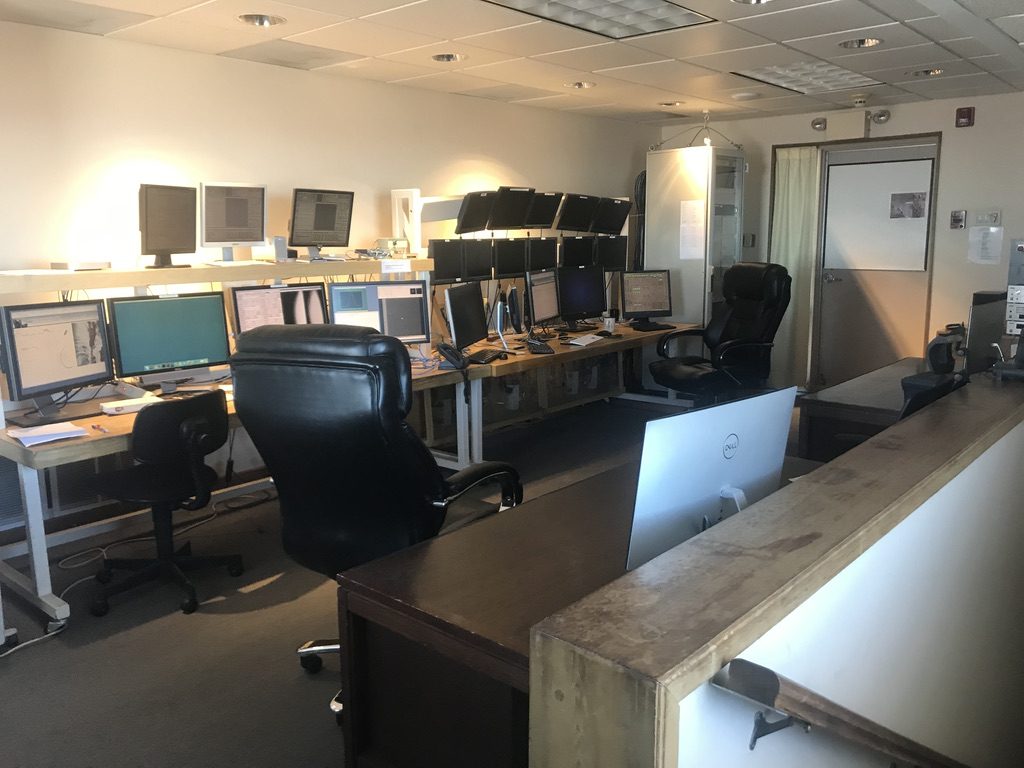
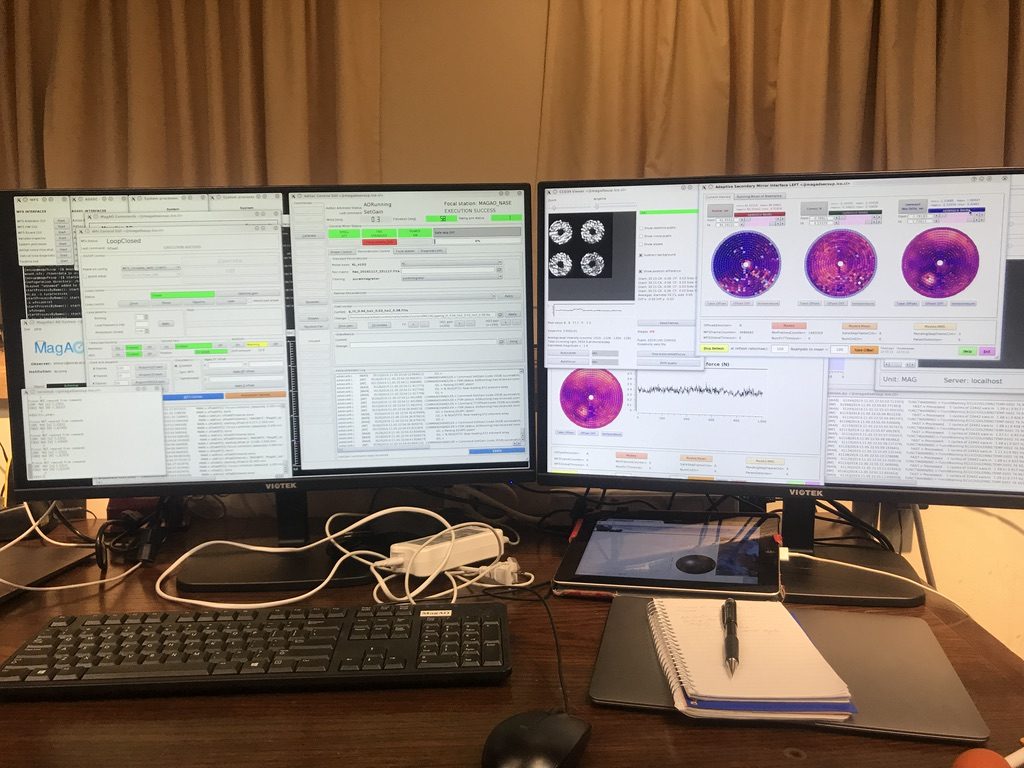
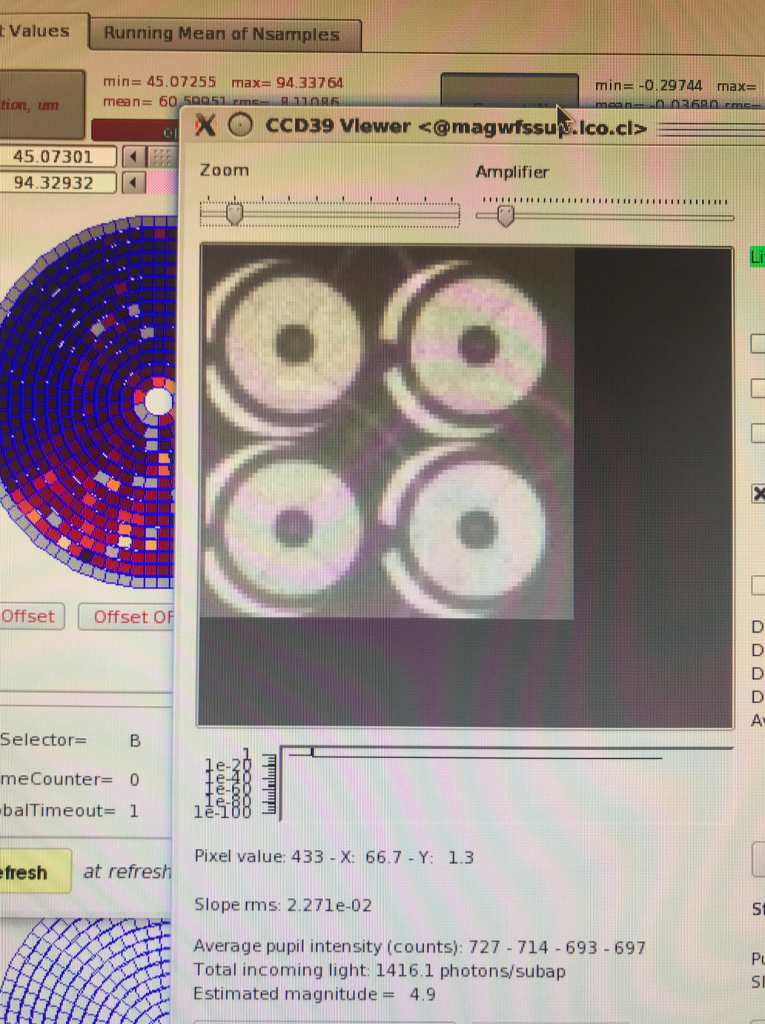
The pupils before dark, secondary baffles visible. 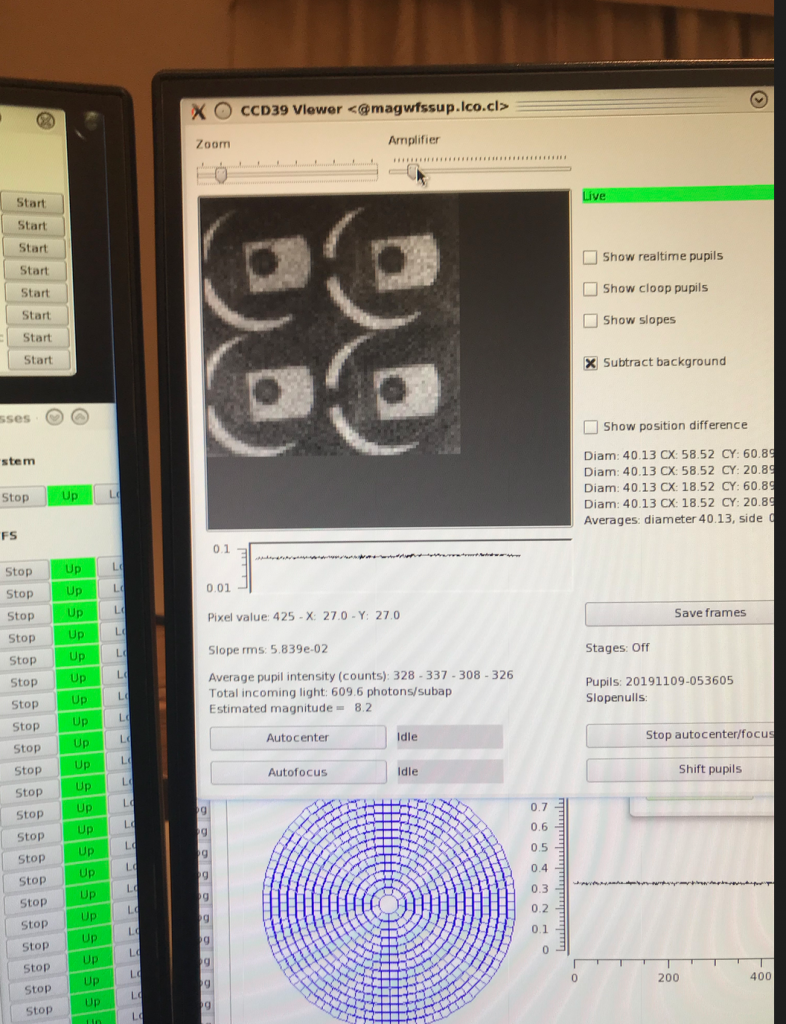
The pupils watch the dome open!
Beauty at LCO
LCO is nestled in the most beautiful landscape, best described through photographs.
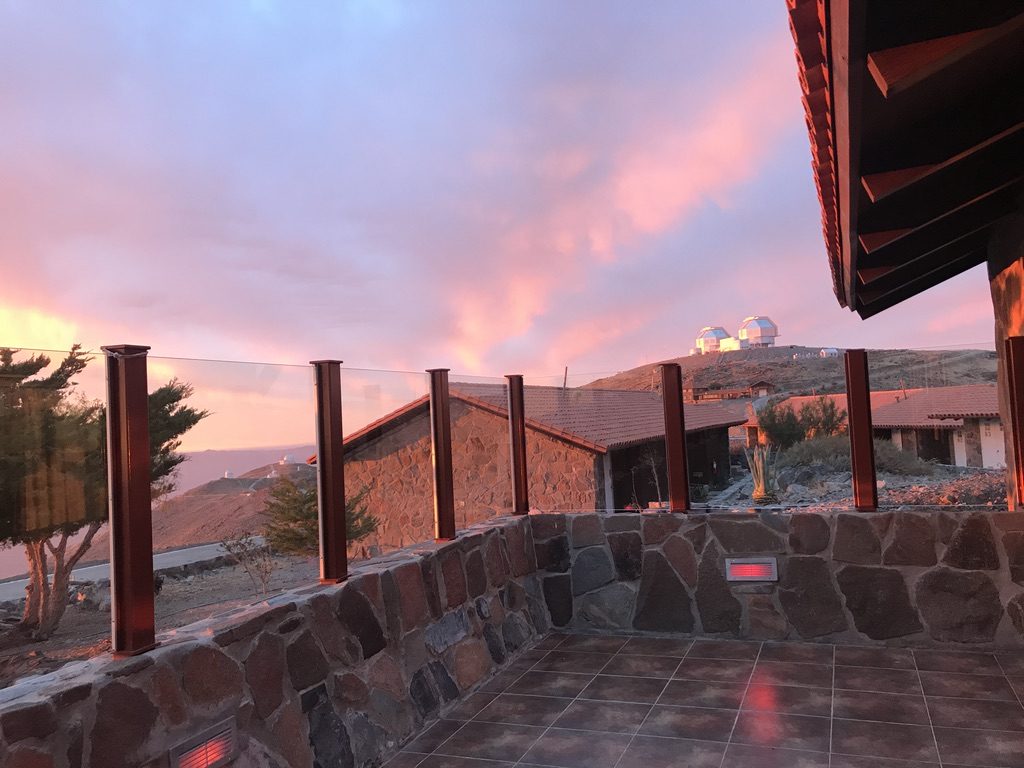
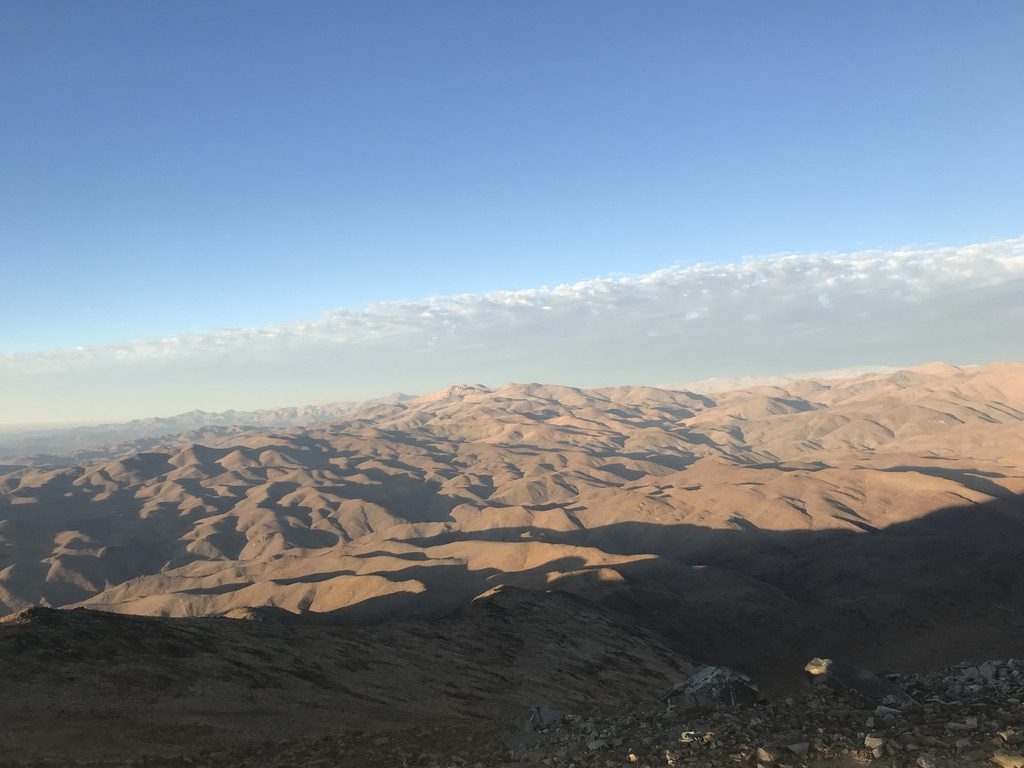
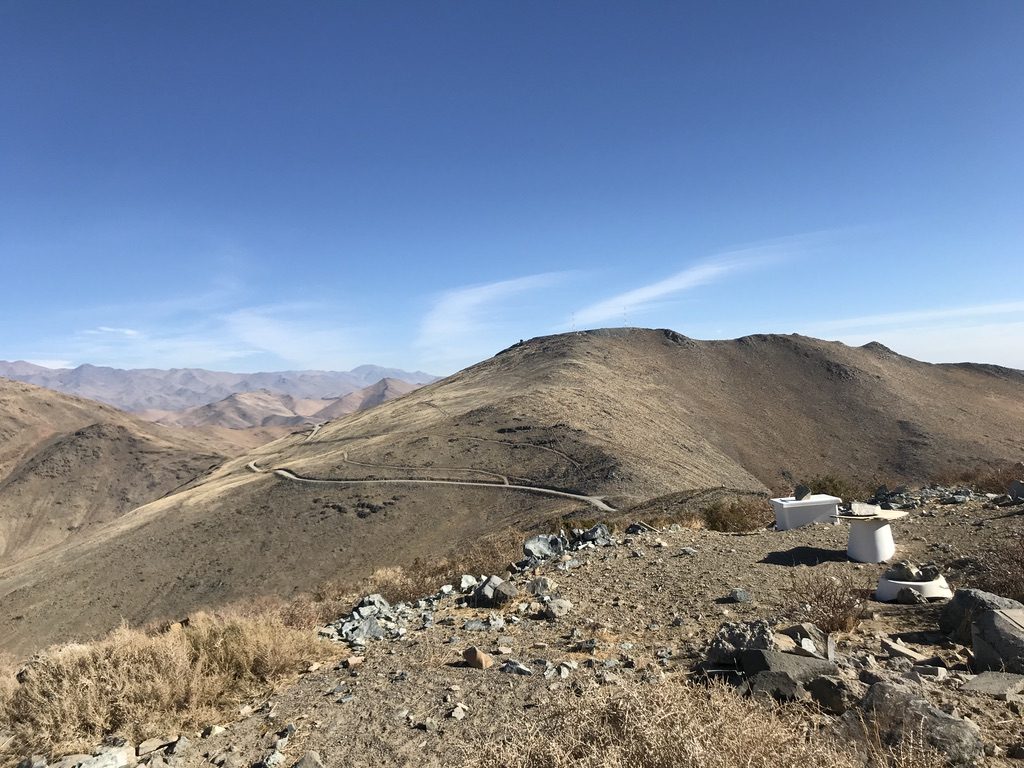
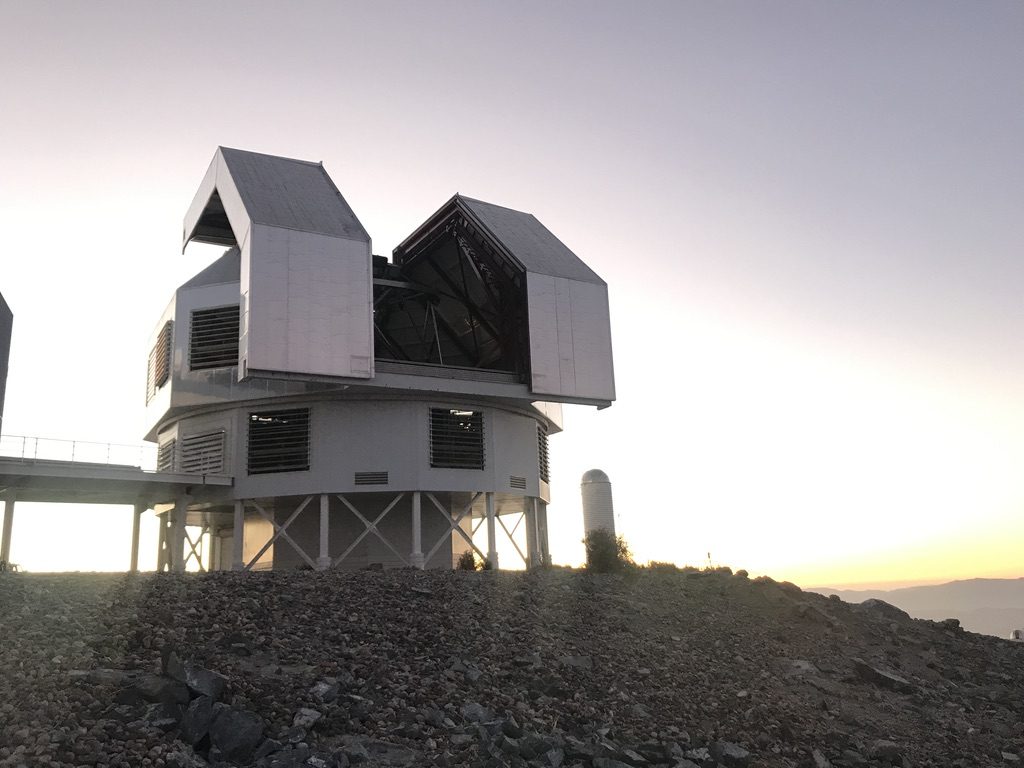
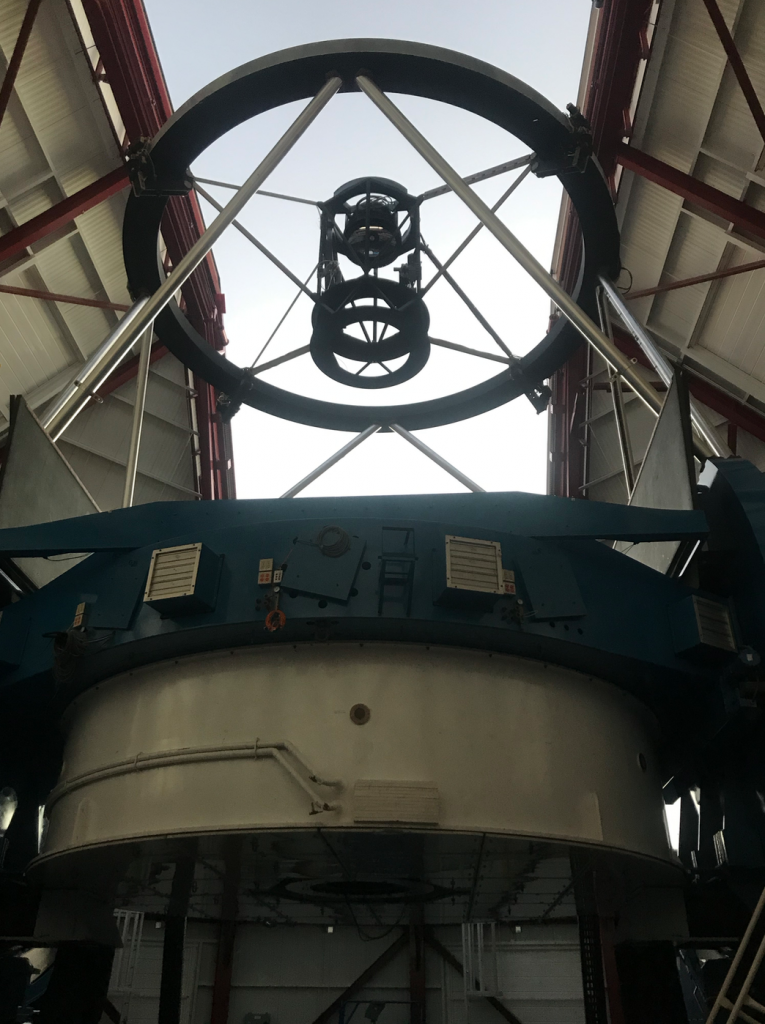
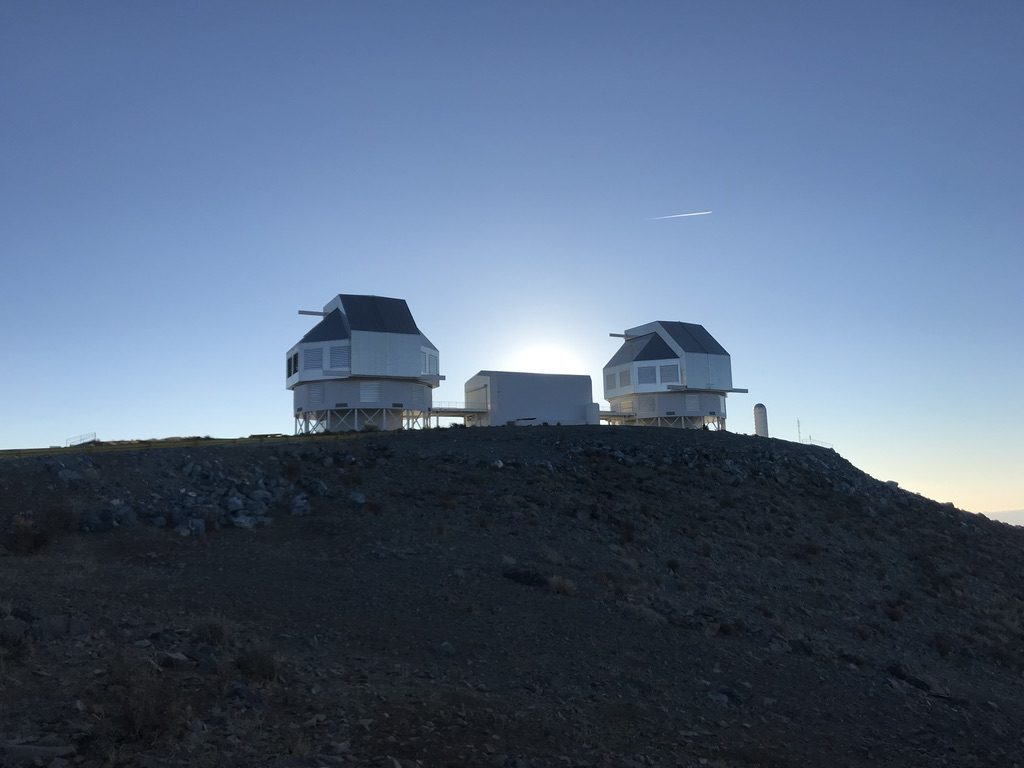
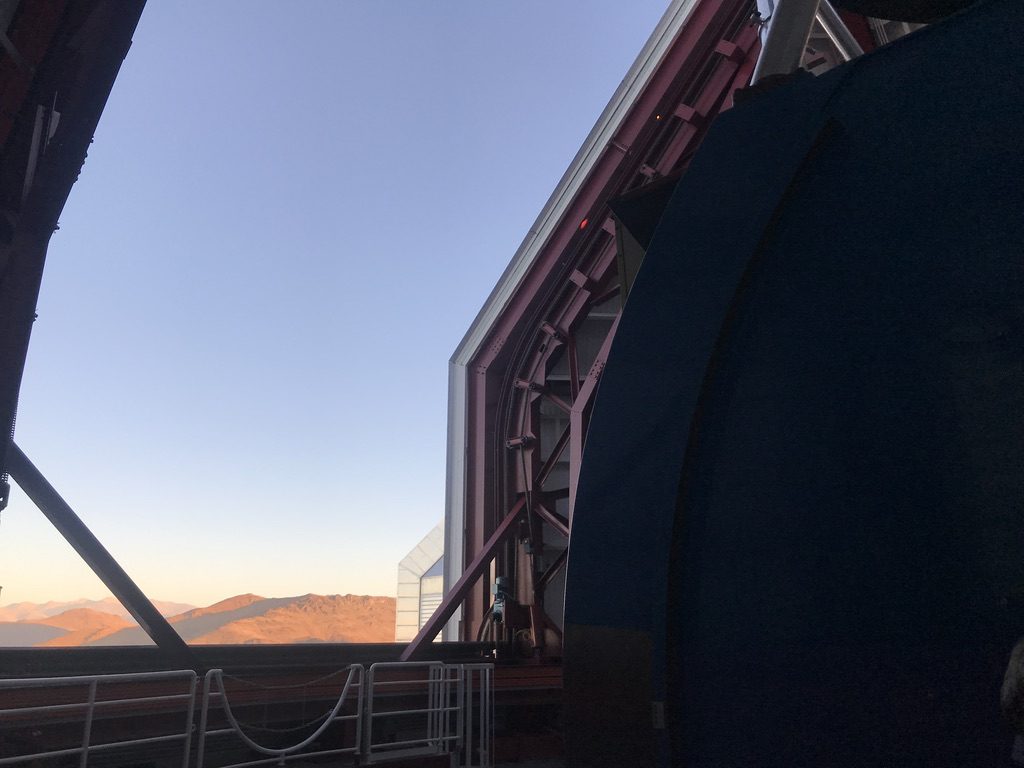
And my favorite photograph of all, taken after dinner on our long day transitioning into our long night.
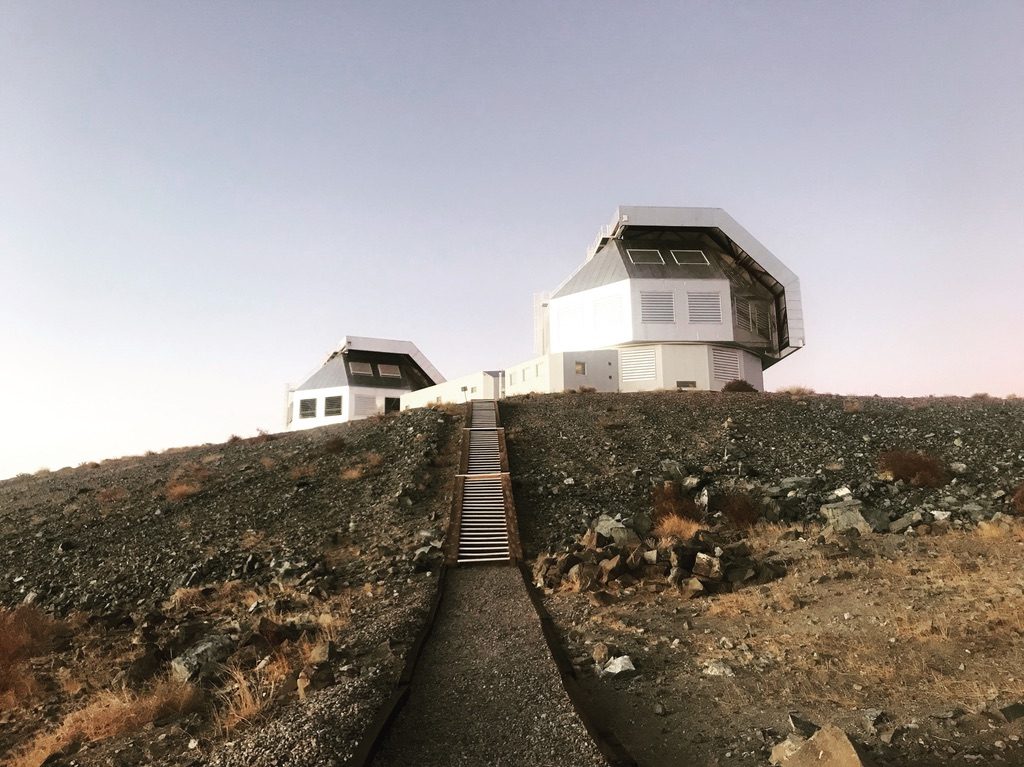
Keeping with classic song theme, here’s Led Zeppelin performing Stairway to Heaven.
